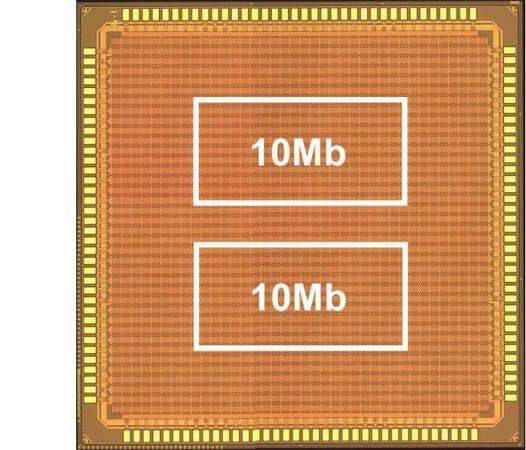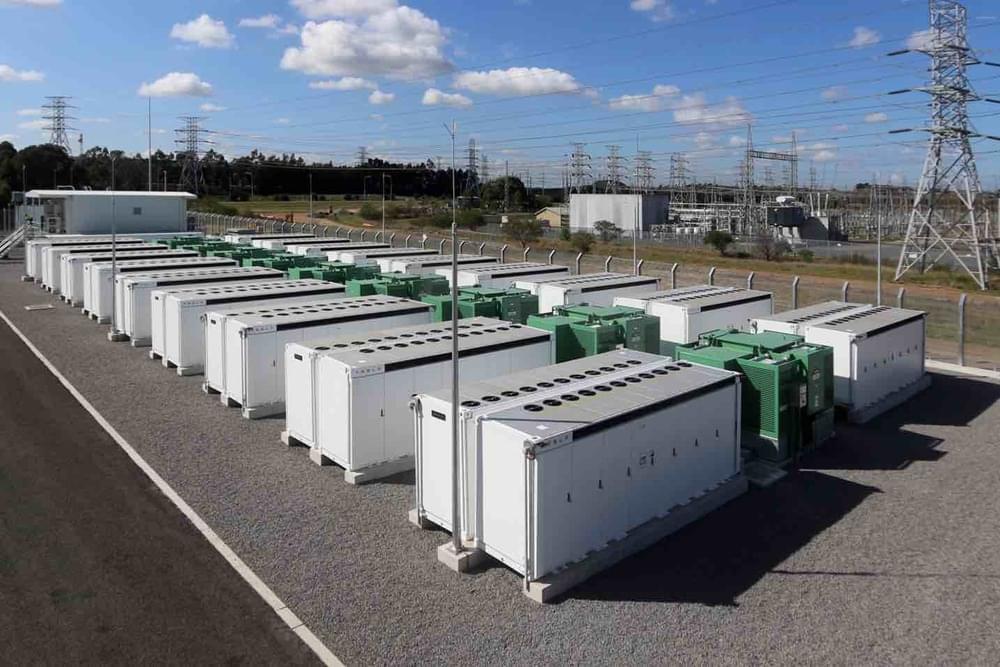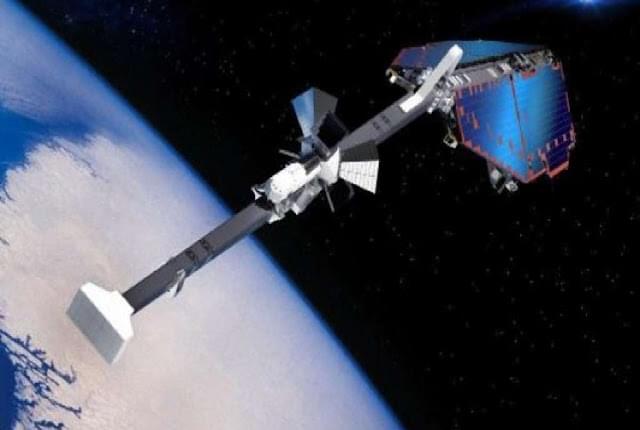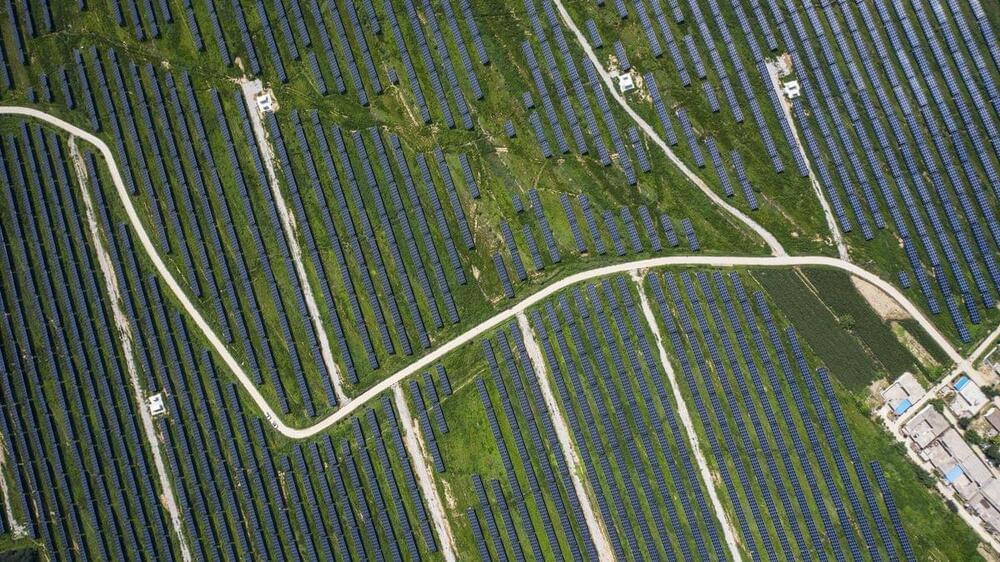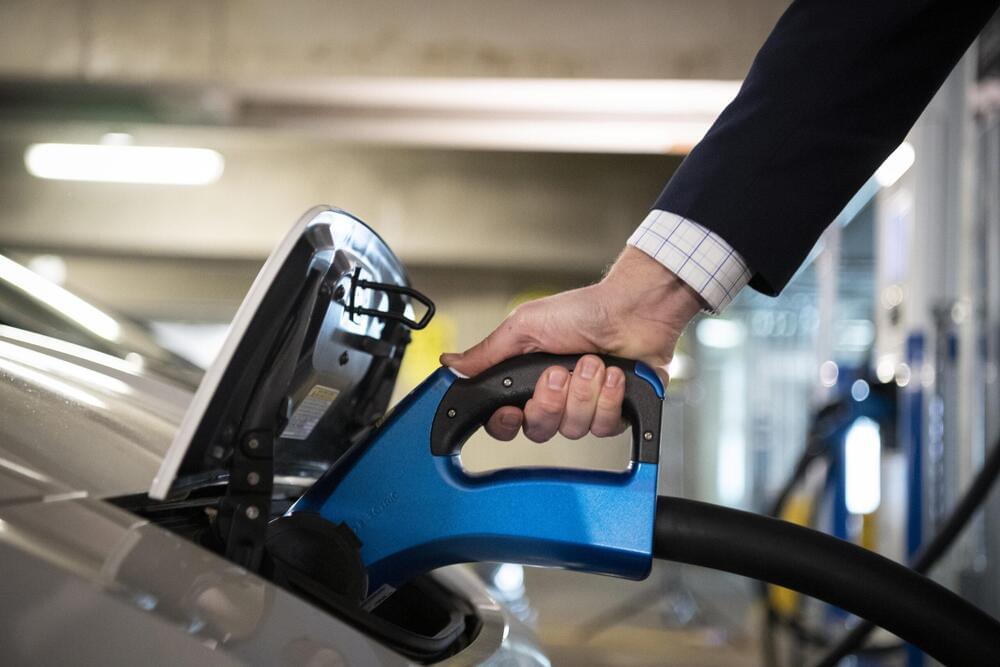The new zinc batteries are made up of electrodes that are screen-printed onto both sides of a sheet of hydrogel-reinforced cellulose paper. A layer of gold thin foil is coated on the electrodes to increase the conductivity of the battery. The battery is about 0.4mm thick, which is roughly the thickness of two strands of human hair.
Impressively, once the battery has reached the end of its lifespan, it can be buried in soil, where it will break down completely within a month.
The NTU researchers, who outlined their findings in the journal Advanced Science 0, demonstrated how a 1.5 in x 1.5 in (4 cm x 4 cm) square printed paper battery could power a small electric fan for up to 45 minutes. The researchers emphasized the fact that bending the battery did not interrupt the supply of power to the fan.
